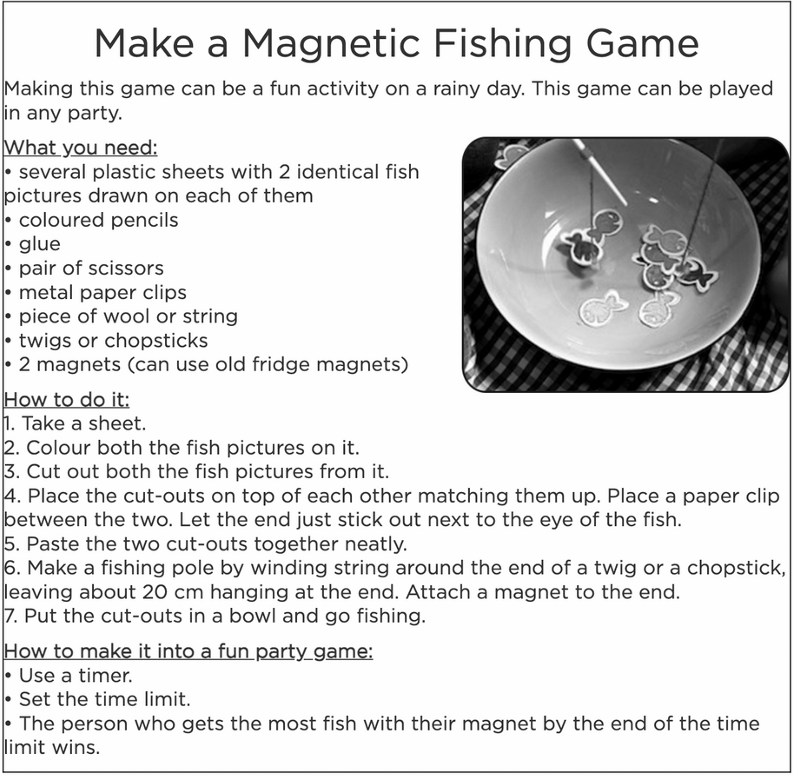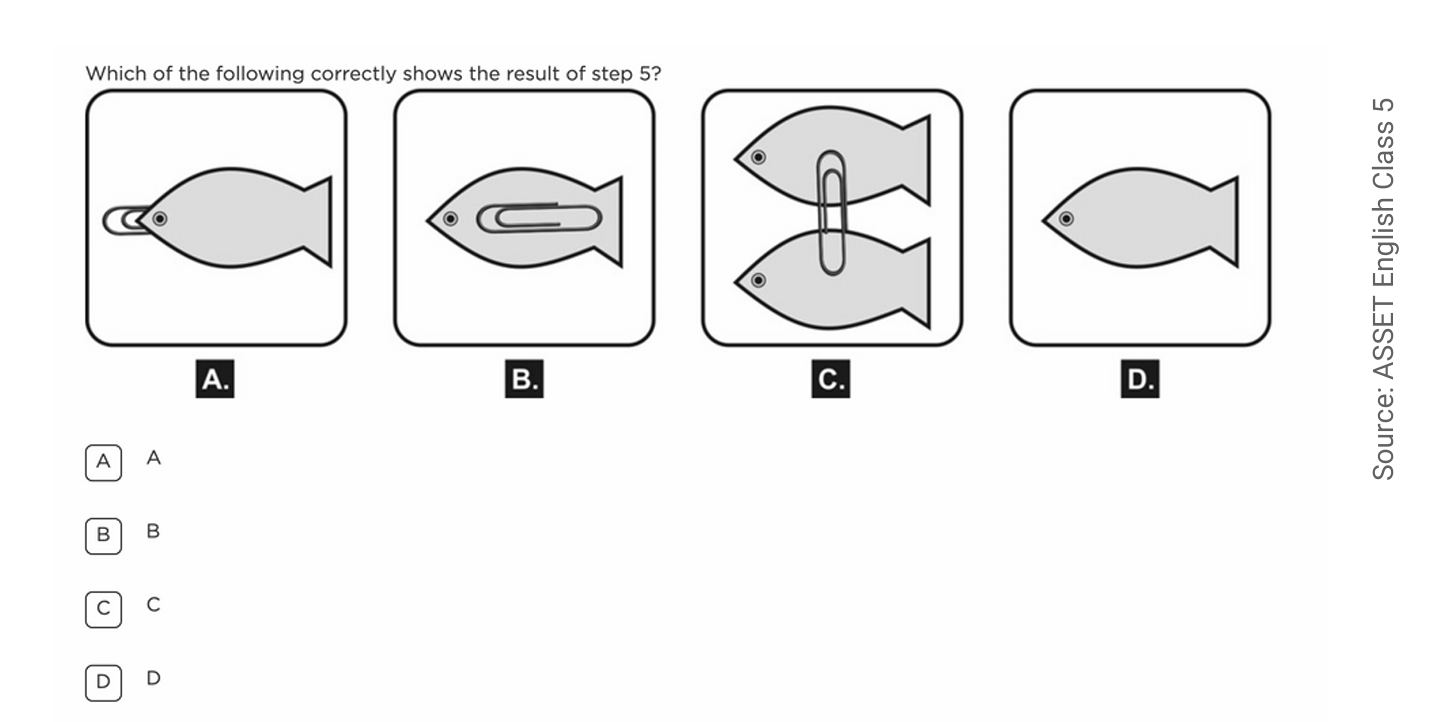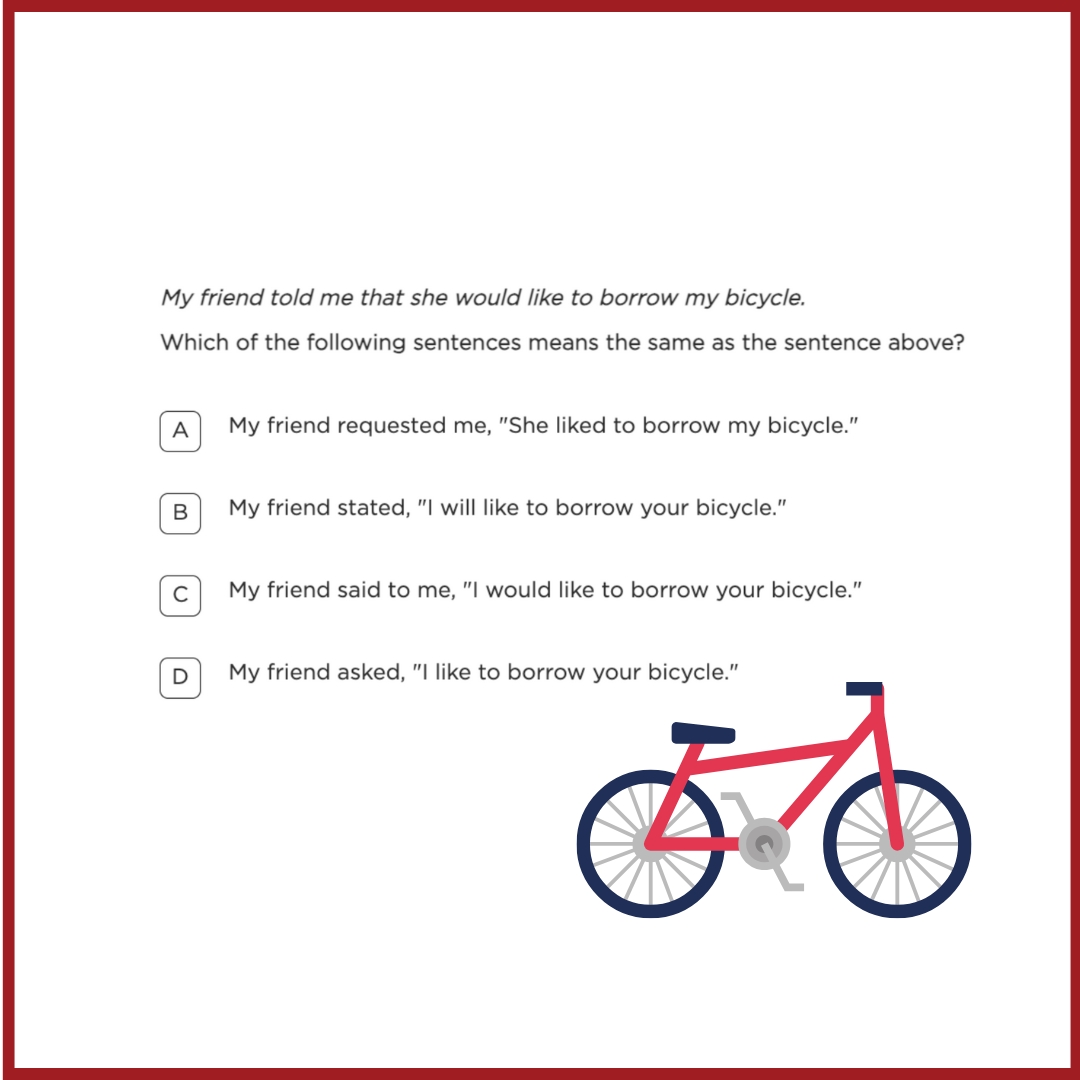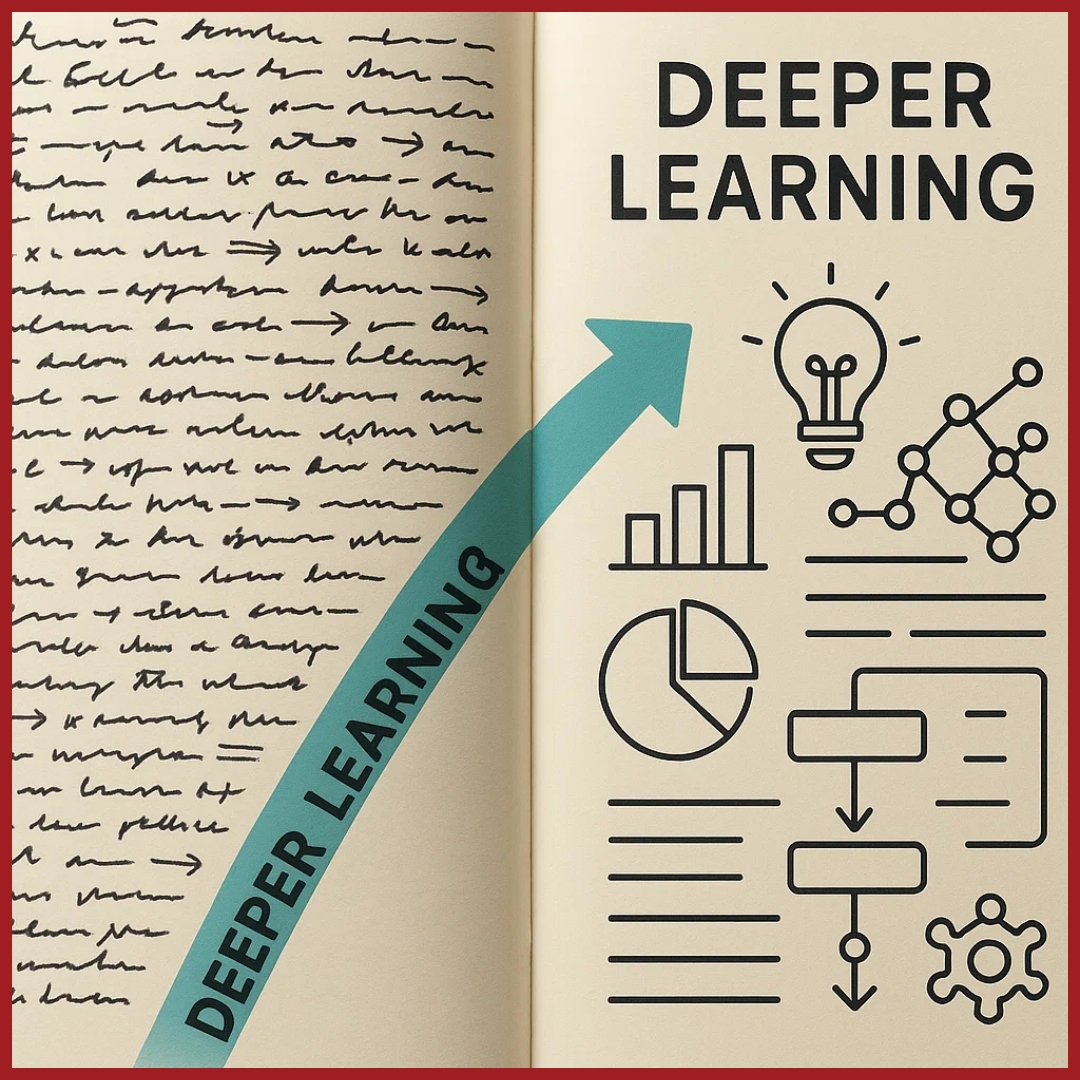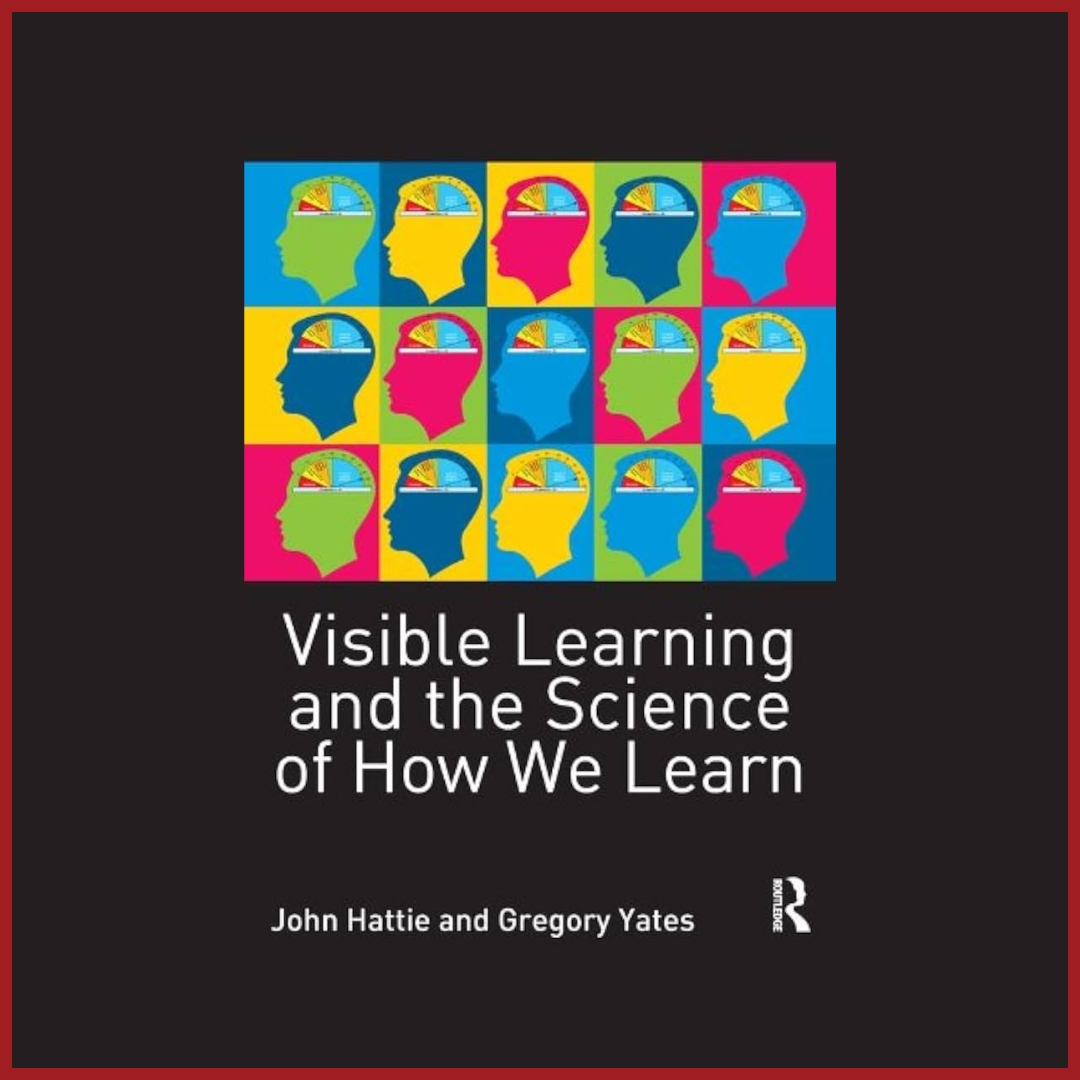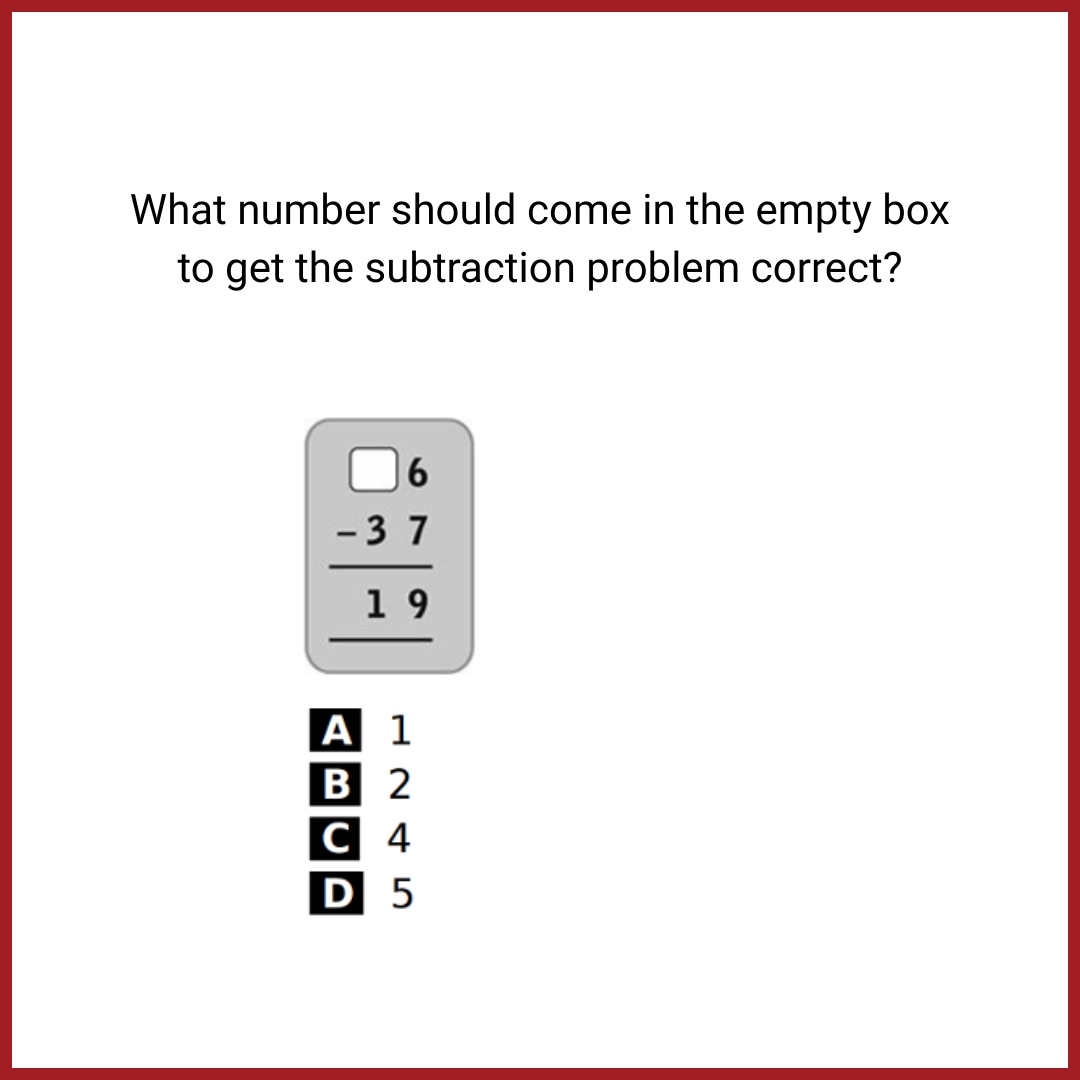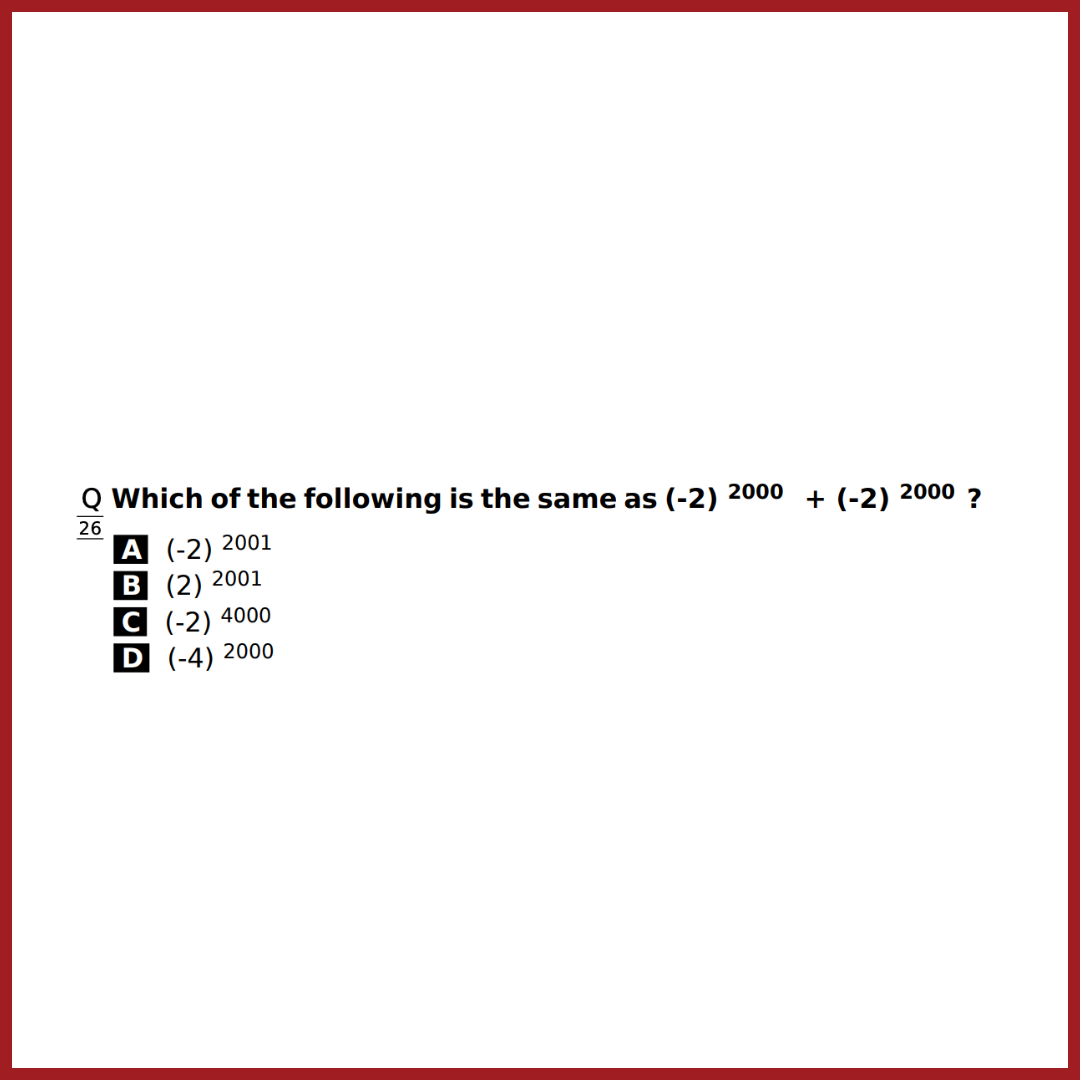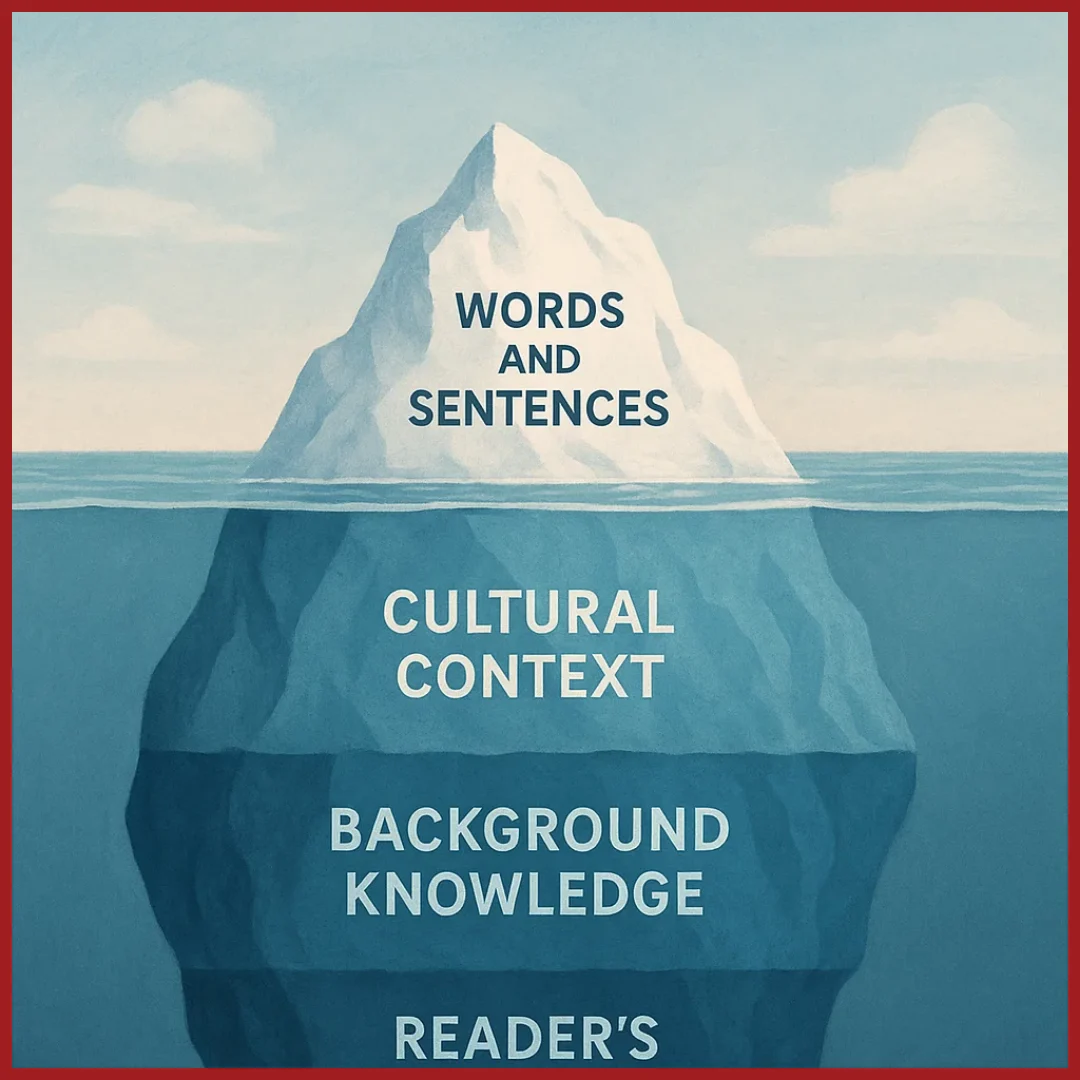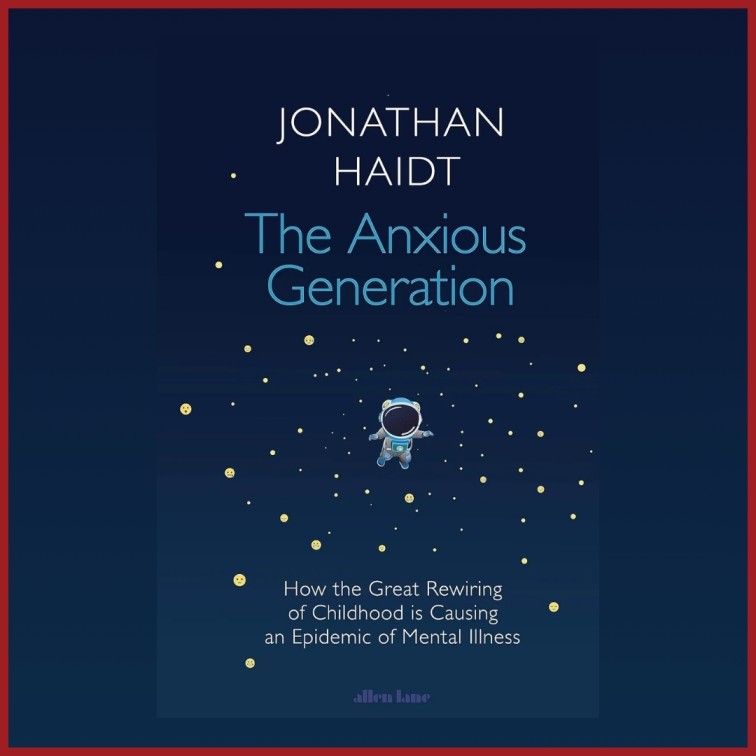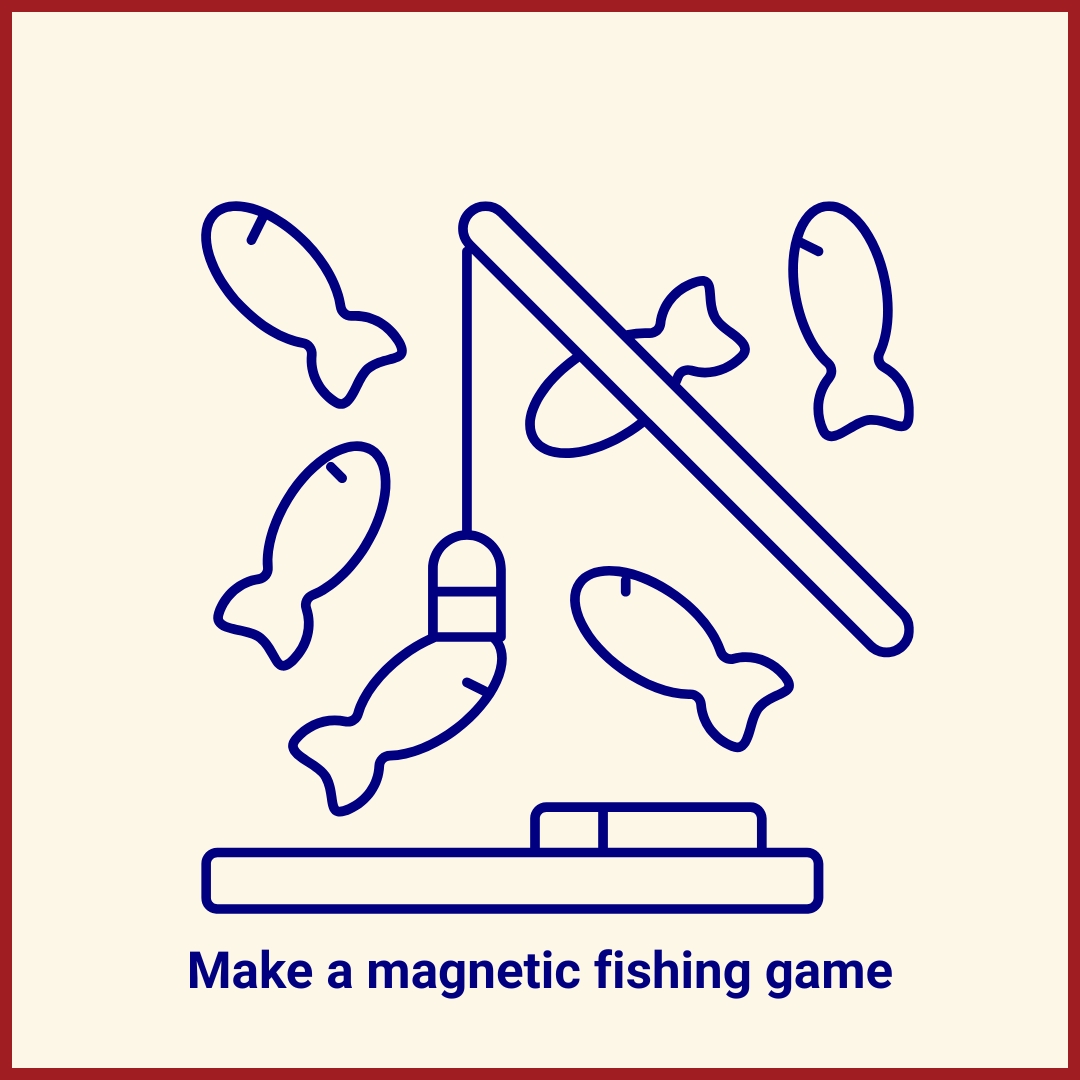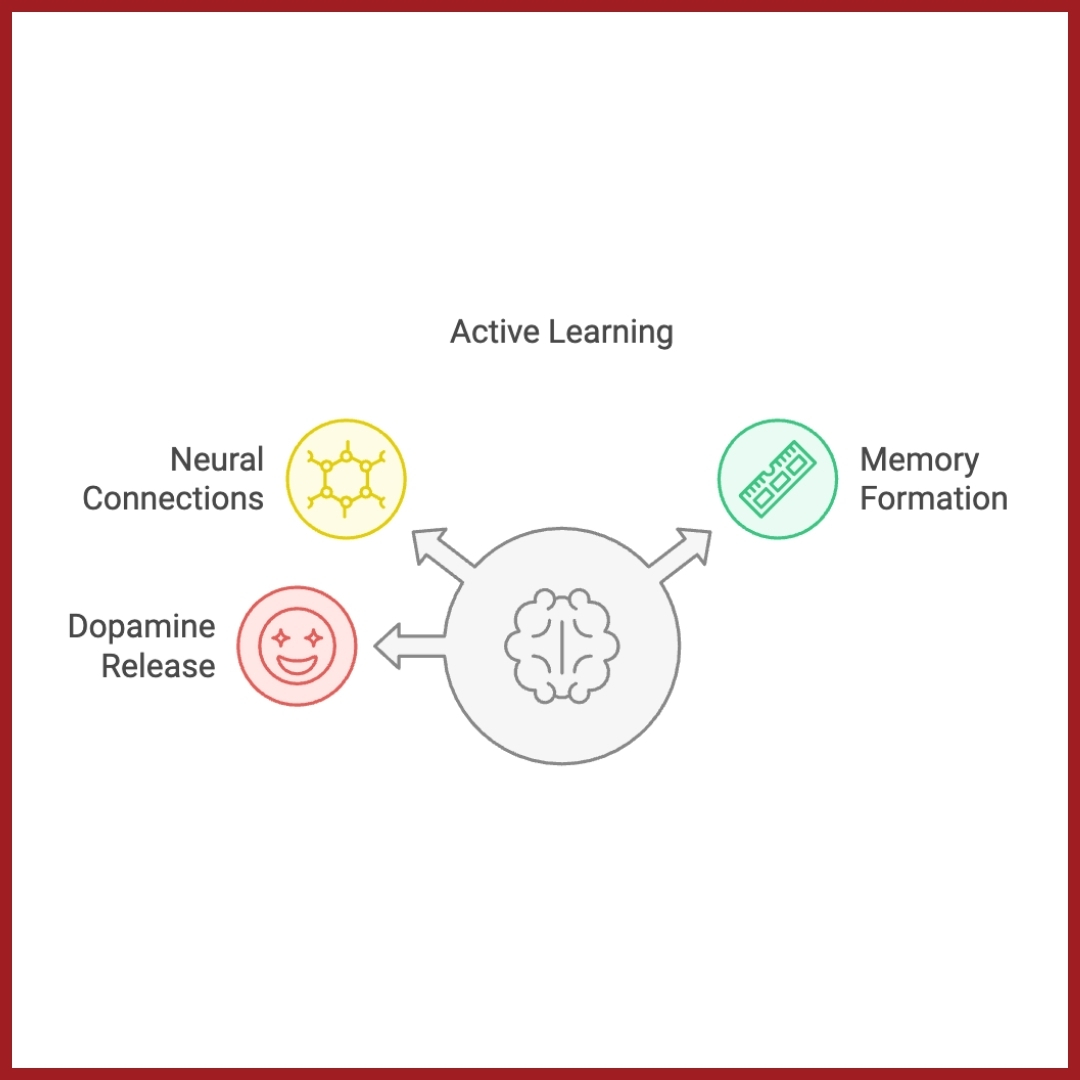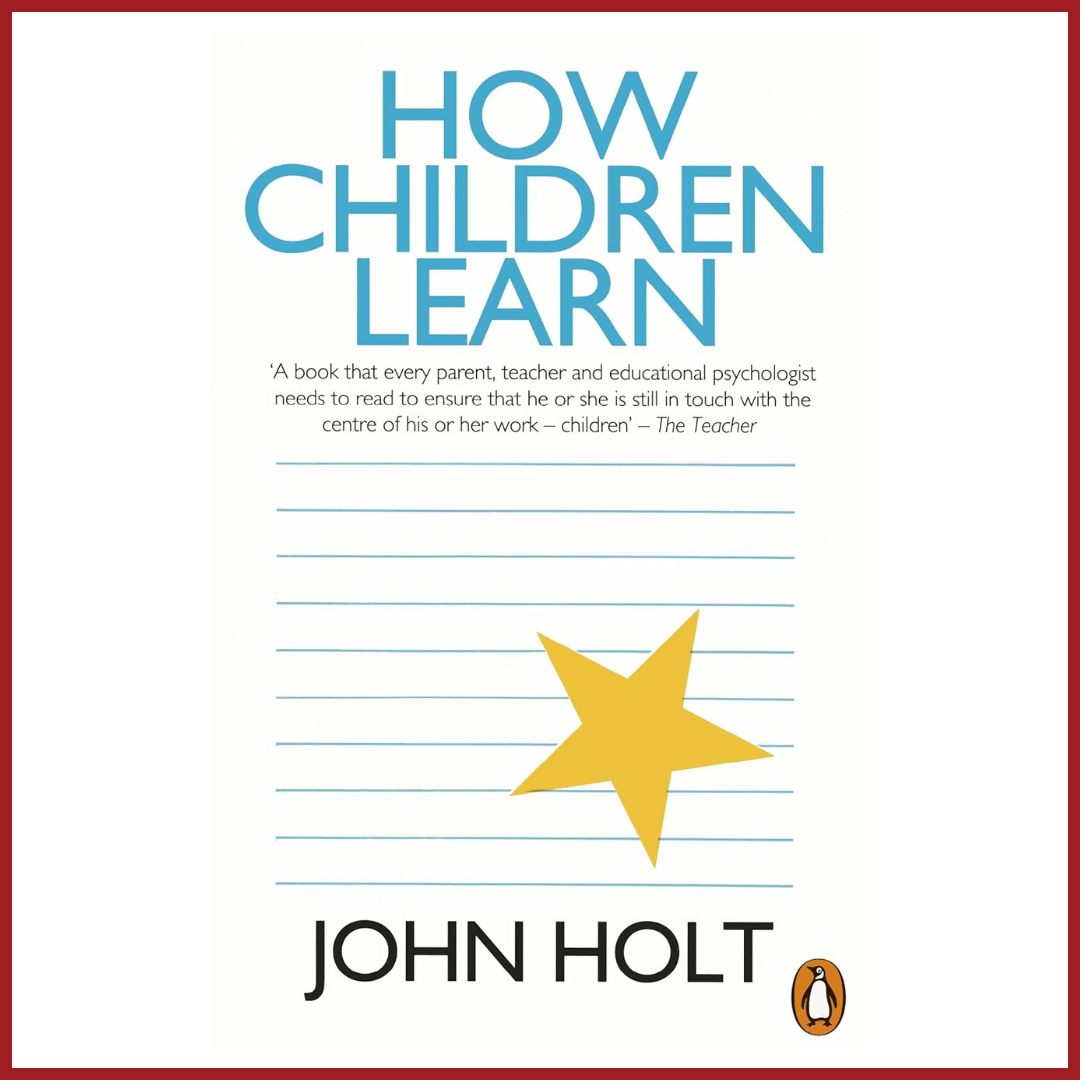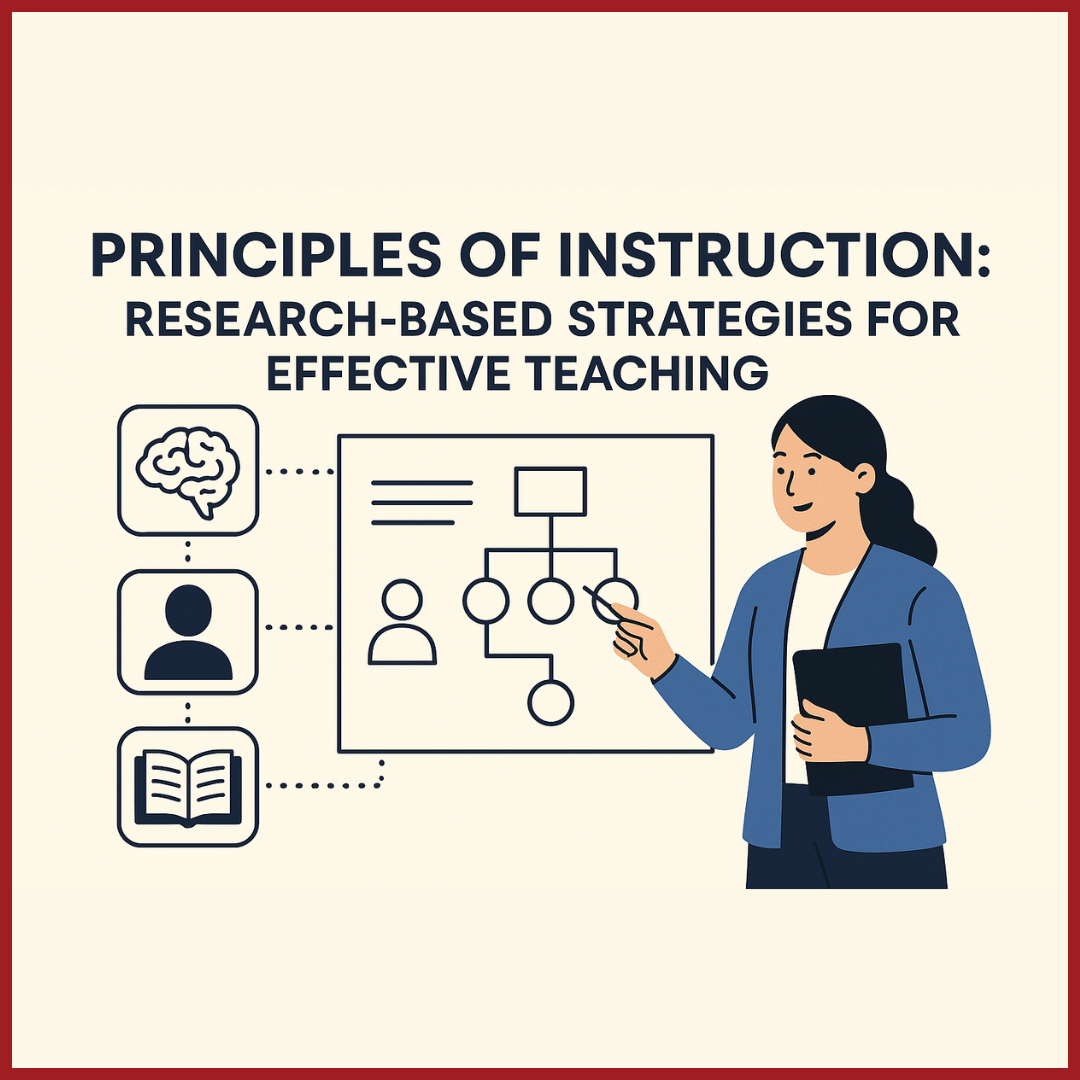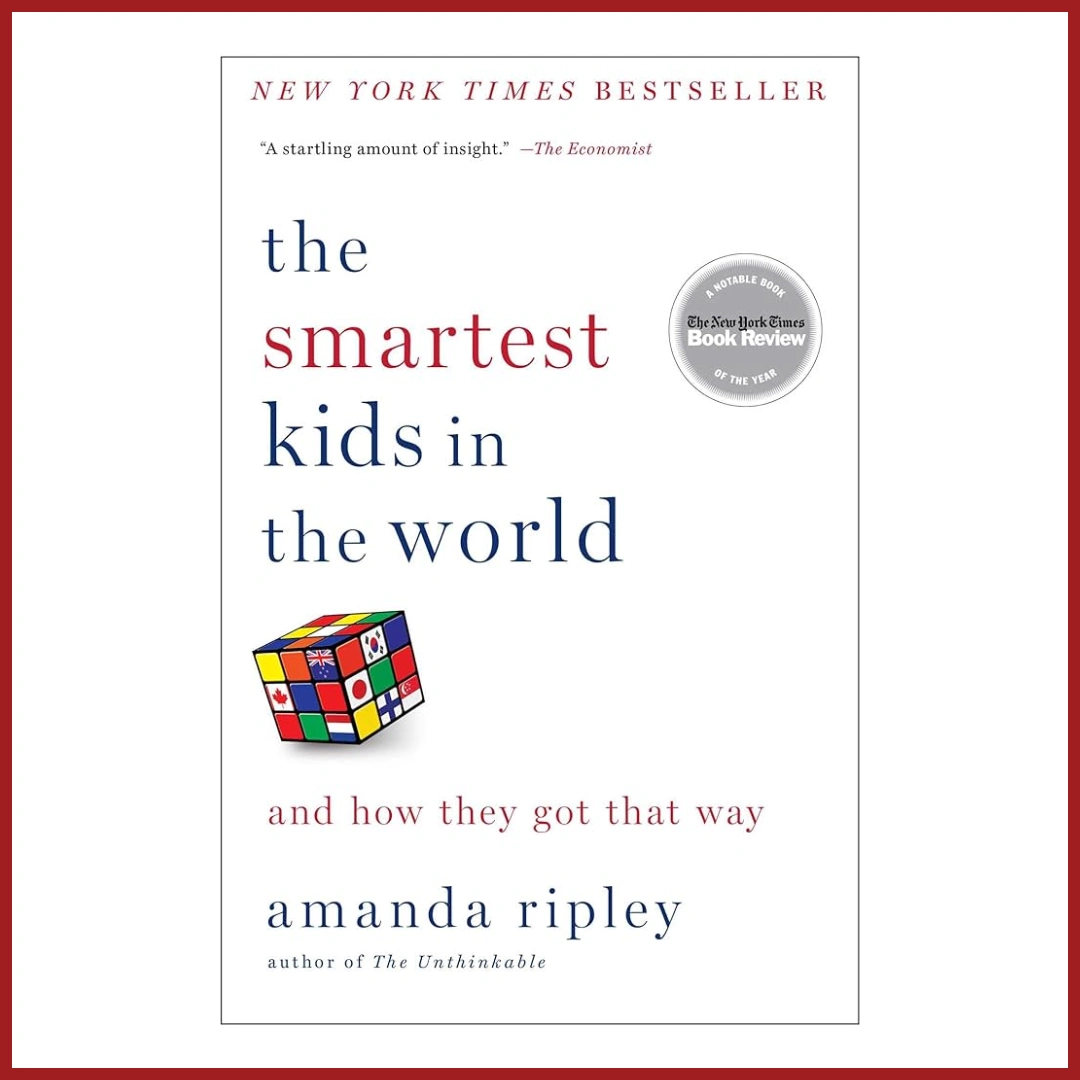Edition 05 | May 2025
From Learning Data to Classroom Instruction
The picture shows instructions on how to make a Magnetic Fishing Game
Most Common wrong answer: Option C
National Performance
What is the Question Testing?
The item checks whether students can integrate information from a non-continuous procedural text and infer an implied outcome.
What is the Most Common Wrong Answer and Possible Misconception?
- Most Common Wrong Answer: Option C
- Percentage of Students Choosing Option C: 42.5%
Distractor Explanation:
Error Type: Over-literal reading of “two cut-outs”
Reasoning: Children see two separate fish and the clip, but ignore the word “paste”. They assume
the shapes stay apart rather than being glued back-to-back.
What Will Happen if Children Do Not Develop This Concept Adequately?
- Non-literal comprehension weakens: They may struggle with texts that require visualising hidden or implied steps.
- Procedural accuracy suffers: In science experiments, craft work or real-life instructions, they might skip key details and produce incorrect results.
- Cross-subject impact: Subjects such as science (lab protocols), mathematics (multi-step word problems) and technology (algorithm flow) rely on the same skill of integrating sequential information.
How Should I Remediate This in My Class?
Demonstrate reading each step and verbalising the unseen result (“If they’re pasted, I will see only one fish; the clip is now inside”).
Before/After Card SortGive children shuffled images of each stage; ask them to order and explain what changes between cards.
Highlight ‘hidden’ ActionsShow children the “invisible” steps in a process—for instance, use the example of making toast to talk about what happens inside the toaster even though the instructions never spell it out.
Step AnnotationHave children number or underline instructions and sketch quick outcome doodles beside each to reinforce visualisation.
Analyse DistractorsShow all four options, let groups justify or refute each using evidence from the steps, then share
reasoning with the class.
Strengthening inference from procedural texts will help children follow complex instructions
accurately, connect ideas across steps and apply this critical reading skill in every subject.
Enjoyed the read? Spread the word
Interested in being featured in our newsletter?
Feature Articles
Join Our Newsletter
Your monthly dose of education insights and innovations delivered to your inbox!
powered by Advanced iFrame

